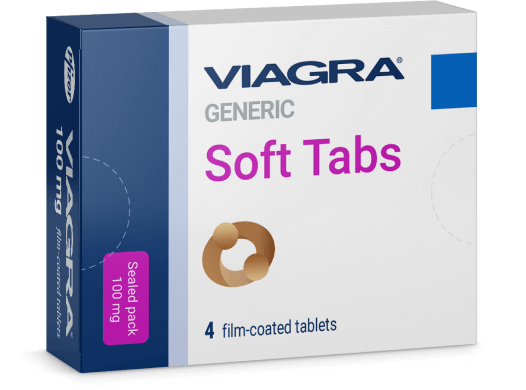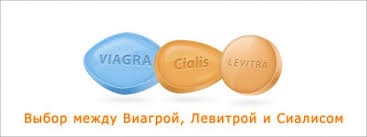
Sredstva Za Sproscanje Misic: Understanding Muscle Relaxants
In the realm of health and wellness, Sredstva Za Sproscanje Misic https://lekarnaskupaj.si/sredstva-za-sproscanje-misic/ (muscle relaxants) play a crucial role in relieving muscle tension and spasms. Whether it’s due to stress, injury, or chronic conditions, muscle relaxants can provide much-needed relief, allowing for improved mobility and comfort. This article delves into what muscle relaxants are, the different types available, their mechanisms of action, benefits, and potential side effects.
What are Muscle Relaxants?
Muscle relaxants are medications that help reduce muscle tension and alleviates pain or discomfort caused by muscle spasms or injuries. They work by affecting the central nervous system or peripheral nervous system, leading to a reduction in muscle activity. While there are various classifications of muscle relaxants, they generally fall into two primary categories:
- Neuromuscular blockers: These are typically used in anesthesia and work by blocking the transmission of nerve impulses to the muscles, causing temporary paralysis.
- Spasmolytics: These agents are more commonly prescribed for muscle relief. They help in relaxing muscles by influencing the central nervous system or reducing inflammation.
Common Types of Muscle Relaxants
There are several muscle relaxants that are frequently prescribed for treating muscle spasms and discomfort. Below are some popular options:
- Cyclobenzaprine: Often used for short-term treatment of muscle spasms, it works by depressing the central nervous system.
- Carisoprodol: This medication is typically used for the relief of muscle pain and is known for its sedative properties.
- Metaxalone: It helps reduce muscle pain and discomfort by promoting relaxation.
- Baclofen: A medication primarily used to treat spasticity related to conditions such as multiple sclerosis, it acts on the nervous system.
- Tizanidine: This is used for managing spasticity and may also be prescribed for muscle relaxation in other contexts.
How Muscle Relaxants Work
Muscle relaxants function through different mechanisms. Neuromuscular blockers, for instance, interfere with the communication between nerves and muscles by blocking neurotransmitter signals. On the other hand, spasmolytics often enhance the inhibitory effects of neurotransmitters in the brain or spinal cord, leading to decreased muscle tone and spasms. The choice of muscle relaxant can depend on the patient’s specific condition, age, and overall health.

Benefits of Using Muscle Relaxants
The primary benefit of muscle relaxants is their ability to alleviate muscle spasms and pain. This can lead to improved mobility and a better quality of life for individuals suffering from conditions that cause chronic muscle tension or discomfort. Other benefits include:
- Pain Relief: They provide significant relief from acute muscle pain resulting from injuries or surgery.
- Improved Mobility: By decreasing muscle stiffness, these medications can enhance movement and flexibility.
- Enhanced Sleep Quality: Relaxed muscles can contribute to improved sleep, especially for those with tension-related insomnia.
Considerations and Side Effects
While muscle relaxants can be effective, they are not without their drawbacks. It’s important to consider potential side effects, which can include drowsiness, dizziness, dry mouth, and fatigue. In some cases, prolonged use can lead to dependency, thus necessitating a careful approach when prescribing these medications.
Patients should be advised to avoid activities that require alertness, such as driving, while taking muscle relaxants. Always consult with a healthcare professional to discuss medical history and potential interactions with other medications.
Alternative Methods for Muscle Relaxation
Apart from medication, there are various alternative approaches to managing muscle tension. These methods include:
- Physical Therapy: Tailored exercises and stretches can help alleviate muscle tightness and improve flexibility.
- Massage Therapy: Therapeutic massages can promote relaxation and relieve muscle tension, helping to restore normal function.
- Heat Therapy: Applying heat can improve blood circulation and relax tightened muscles.
- Mindfulness and Relaxation Techniques: Practices such as yoga and meditation can reduce stress and promote overall muscle relaxation.
Conclusion
Sredstva Za Sproscanje Misic can serve as an effective solution for those grappling with muscle spasms and the resulting discomfort. While medication can provide significant relief, it is essential to consider all options, including physical therapies, lifestyle modifications, and mindfulness practices. Consulting with a healthcare provider is crucial for developing a comprehensive treatment plan tailored to individual needs. Remember, muscle relaxation is not just about relief; it’s about enhancing your overall health and well-being.

